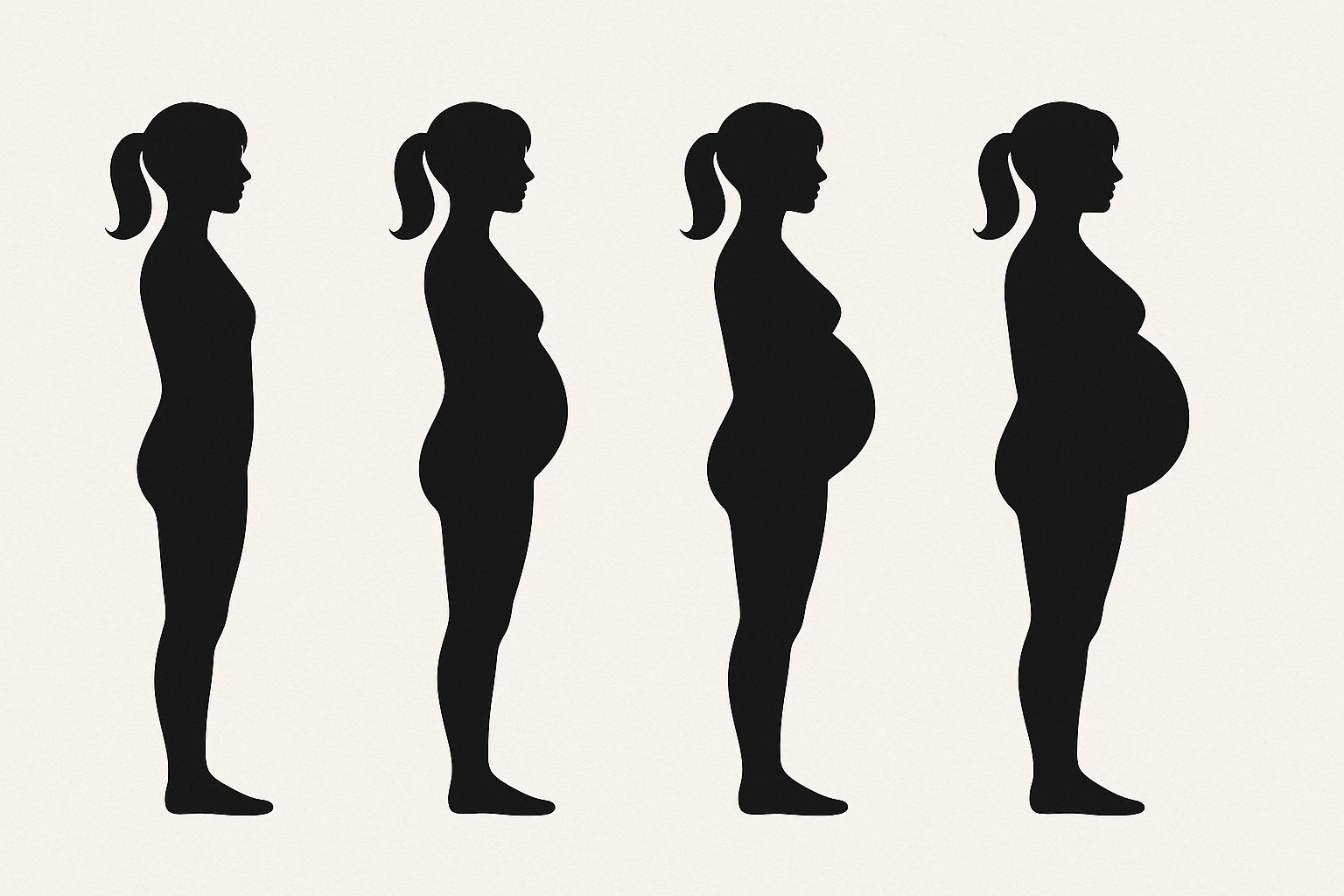The treatment of heel, arch and foot pain starts by understanding what structures are involved, how acute or chronic the problem is, and what some of the root causes may be.
If a patient present with an acute ligamentous injury, or an acute flare of a chronic problem, you will need to start by resting the arch and avoiding additional straining: semi-rigid taping, soft standard insoles, cold application, oral botanical anti-inflammatory supplementation, supportive shoes and minimal weightbearing stress. You can start addressing root causes by adjusting the spine, correcting faulty pelvic postures. Stretching of the posterior calf fascia needs to be done actively and non-weightbearing. Ultrasound can be helpful when dealing with a lot of swelling and inflammation ,especially with an inflamed, chronic heel spur.
Chronic fibrous plantar fascial dysfunction can tolerate, and will benefit from a more aggressive approach using deep tissue mobilization in various parts of the arch and calf, as well as more intense, weightbearing stretches. Custom orthotics can be introduced once soft tissue flexibility has been reasonable restored, and significant spine and pelvis imbalances have been corrected. Supplementation that improves peripheral blood flow, both topical and oral, are sometime needed. Scare tissue has poor blood flow, and the body cannot easily soften and replace it with more elastic collagen unless there is adequate oxygen concentration in peripheral tissues.
Recovery time can vary, but is almost always slower than a patient would prefer. It is important to remember that most of the pain generating tissues are comprised of ligaments, tendons and fascia, which are less vascular than muscles and have a slower turnover rate. In general you should bank on 6-8 weeks for a first time problem, 2-4 months for chronic cases







